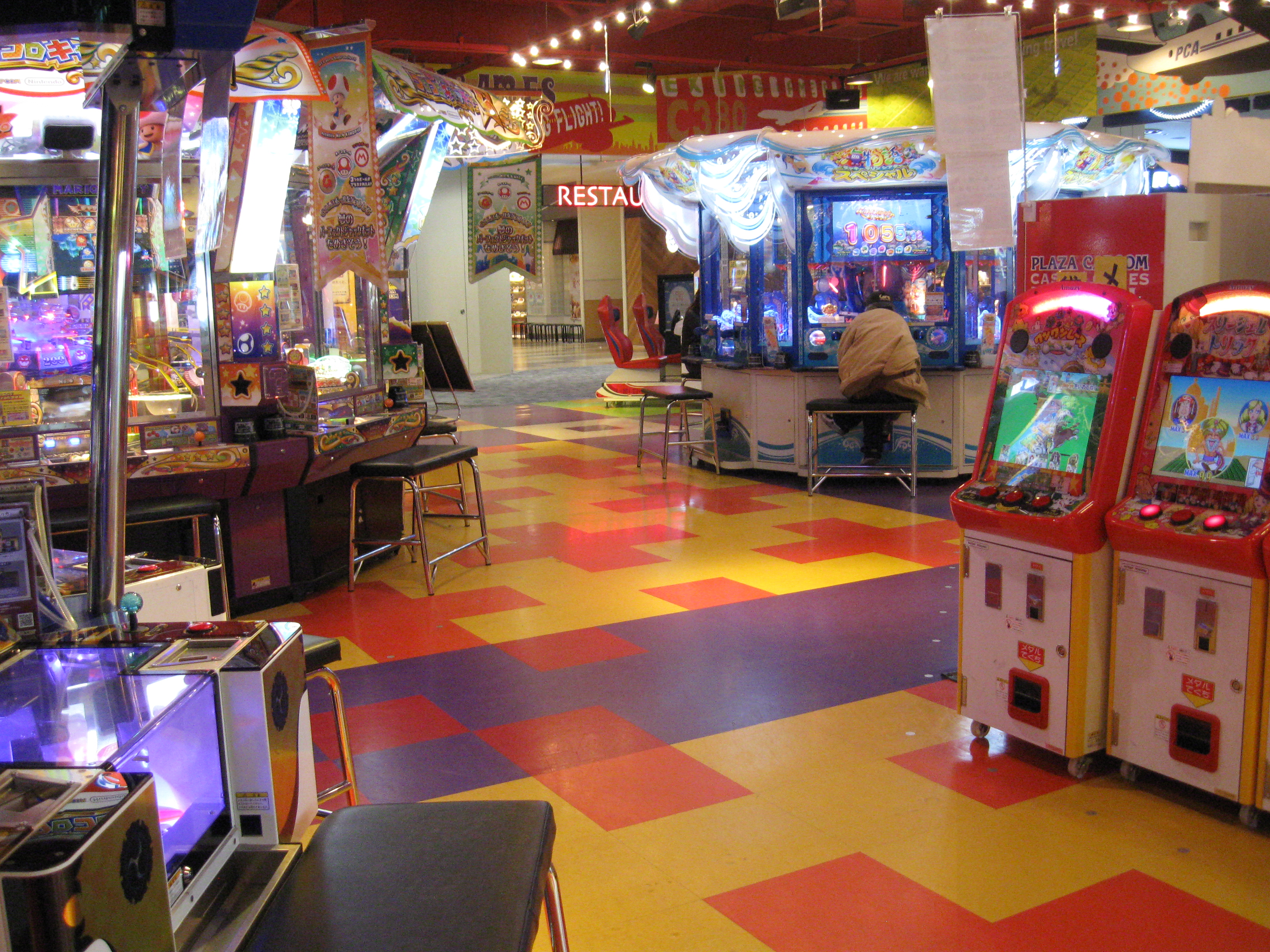Last week, I attended a small student conference at Kansai Daigaku organized by a research group entitled Pluralistic Gaming Research (tagenka suru gêmu bunka kenkyûkai). The highlight of the day was a presentation by Prof. Katô Hiroyasu, a sociologist and communication scholar who wrote extensively about socialization patterns in game centers. Since his work constitutes a big part of the backbone of my thesis, I was looking forward to meet him in person and find out about what is going on in game center research in 2016. I took a few notes about his talk.
Katô covered the emergence and evolution of the media discourse surrounding Japan’s elderly population spending some of their free time in game centers. He started by demonstrating that the connection between elderly and video games has been present in the press since the late 1990s when therapists realized that video game held great potential to be used within rehabilitation programs. In 1997, game centers specifically targeting the elderly demographic started to appear, and while they were financially sustainable for a while, by the year 2000, the majority would close down. However, the topic would appear throughout the years until now and monopolize a lot of media attention.
While it is true game centers are sometimes frequented by elderly people who predominantly like to play coin pusher machines, Katô suggests that, in fact, this proportion is infinitely smaller than what mass media often suggests. Citing a 2012 survey, Katô states that, while there is interest in spending time in game centers, it seems that only about 0.2% bother to go. Other more traditional spaces like supermarket, cafés, malls and social community centers are still much more attractive to this demographic.
These spaces are much more accommodating for many reasons (easier access, drink service, etc.), but with medal games’ continuous drop in popularity in recent years and the increase of market share that networked games (a general term that points at all arcade machines connected to the internet) continue to acquire every year, it is easy to see why game centers are not such a popular option for elderly. Their presence in this space is one that needs to be negotiated. They need to co-exist with plethora other machines that appeal to different demographics, and at different times. The audio-visual frenzy that rythm games and UFO catchers provide clashes with the monotonous and laid back atmosphere of medal game sections in most game centers. Without the proper spacial structure, the fantasy of arcades’s economic revival through customers over 60 years old is an illusion.

Kyoto’s Plaza Capcom, late at night
While parts of this discourse also reach us through thought news outlets such as The Japan Times, it is important to bear in mind that this whole situation is more of a project than a reality.

